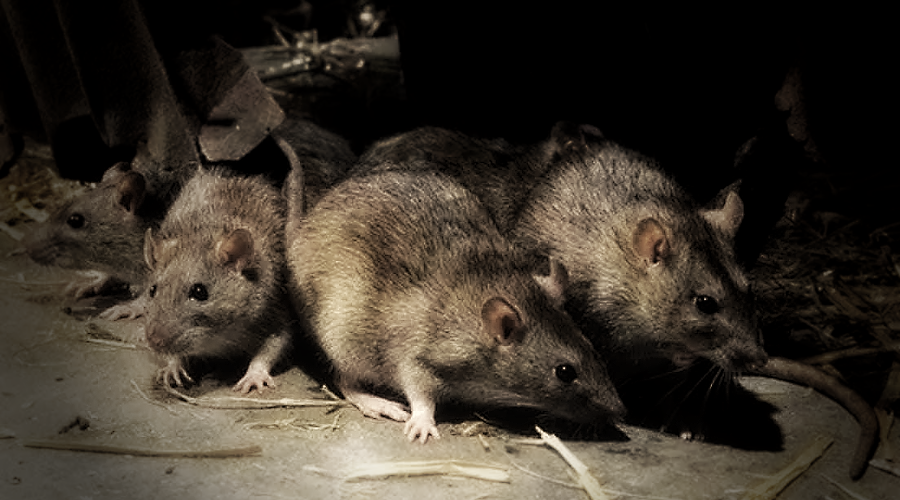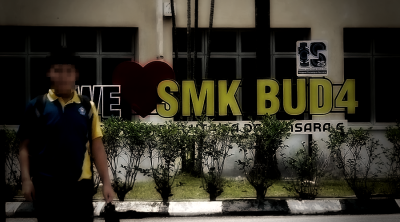
Step into any bustling Malaysian city restaurants, hawker stalls, cinemas, or busy markets, and you might spot an unwelcome visitor scurrying in the shadows: rats.
These resilient rodents have become a pervasive urban challenge, thriving amid overflowing rubbish, food waste, and poorly maintained drains.
Once a rare sight, dead rats flattened on roads now tell a grim story of a relentless battle between humans and rodents.
Even cats, nature’s traditional hunters, seem overwhelmed by the exploding rat population.
The charming antics of Tom and Jerry are a far cry from the harsh reality on Malaysia’s streets where rats have become an everyday nuisance.
The threat posed by rats is not new.
History’s darkest chapter—the 14th century Black Death—was spread by fleas hitching rides on rats, killing tens of millions and reshaping societies.
Today, rats remain formidable foes, spreading modern diseases and causing urban chaos.
In Malaysia, the issue is more than a nuisance; it’s a deadly public health crisis.
Leptospirosis, a bacterial disease transmitted through water or soil contaminated by rat urine, has surged alarmingly. Recent Ministry of Health data reveals over 1,400 infections and 62 deaths in a single year, with cases rising alongside rapid urbanization and lapses in hygiene.
Tragic personal stories underscore the danger, such as a prominent economist who lost his life after exposure to rat urine during a camping trip.
Kuala Lumpur alone harbors an estimated 4.4 million rats.
In 2023, city authorities caught nearly 66,000 rats, a number that barely scratches the surface of the infestation.
Public complaints about rat sightings reached 272, with notorious hotspots like Selayang and Chow Kit markets remaining heavily infested.
Other urban centers such as Penang, Petaling Jaya, and Shah Alam face similar struggles, fueled by rapid development and inadequate waste management.
Our local authorities invest heavily in Integrated Pest Management (IPM) programs, which include sanitation improvements, structural repairs, trapping, and baiting.
While exact government expenditure figures are not publicly detailed, the scale of rat trapping (tens of thousands annually) and public health campaigns imply significant ongoing costs.
Two main rat species dominate Malaysia’s urban landscape: the house rat (Rattus rattus) and the Norway rat (Rattus norvegicus). These prolific breeders can produce up to 954 offspring annually under ideal conditions, making any lapse in control efforts a recipe for population explosions.
Beyond health risks, rats cause extensive property damage-chewing through electrical wiring, contaminating food supplies, and destroying crops.
They spread not only leptospirosis but also salmonellosis, murine typhus, and rat-bite fever, imposing heavy economic and social costs.
Combating this menace demands a united, multi-pronged approach.
Local authorities must intensify Integrated Pest Management (IPM) strategies combining sanitation improvements, structural repairs, trapping, and targeted baiting.
Regular inspections and monitoring are vital to detect infestations early.
Public engagement is equally crucial-educating residents, businesses, and stakeholders about proper waste disposal and the dangers of rat-borne diseases fosters community participation in control efforts.
Innovative technologies like smart traps and AI-powered surveillance are making control more precise and less reliant on harmful chemicals.
Strict regulation and enforcement, including fines for poor hygiene, will underpin long-term success.
Malaysia’s rat problem is a legacy of rapid urbanization and human oversight.
The lessons of history are clear: unchecked rodent populations can have catastrophic consequences.
But with coordinated action, modern technology, and an engaged public, Malaysian cities can turn the tide-protecting public health, safeguarding the economy, and preserving urban quality of life for generations to come.
The time to see rats as the dangerous pests they truly are—and to deploy effective, relentless control measures—is now.

(Ravindran Raman Kutty is an active social worker.)
ADVERTISEMENT
ADVERTISEMENT








































